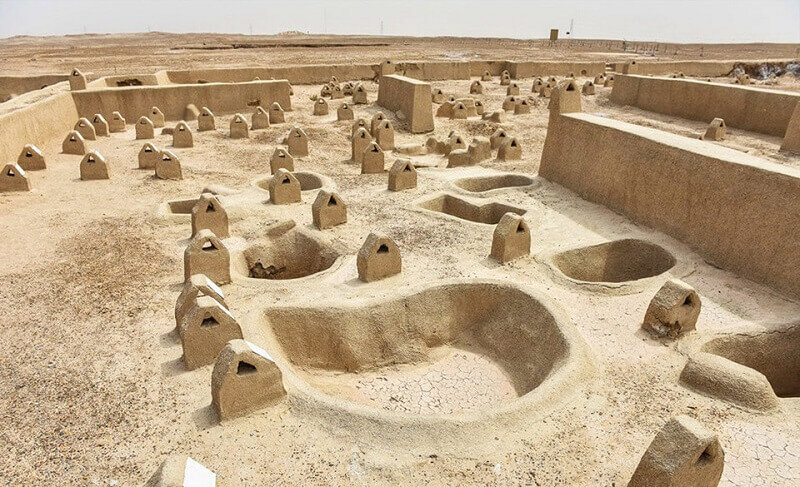Over 30 sites in Sistan-Baluchestan added to national heritage list

TEHRAN – Some 34 historical and natural sites in Iran’s southeastern province of Sistan-Baluchestan have recently been inscribed on the national heritage list, ISNA reported.
The sites include historical hills and qanats, ancient petroglyphs and cemeteries, as well as historical structures.
Sistan-Baluchestan was previously shunned by potential foreign and domestic travelers though it is home to several distinctive archaeological sites and natural attractions, including two UNESCO World Heritage sites, namely Shahr-e-Soukhteh (Burnt City) and Lut desert, parts of latter is situated in Kerman province.
For mainstream Iranians, the name of Sistan-Baluchestan was conjuring up stories of drought, desiccated wetlands, and dust storms. On the international scale, foreigners may consider it a reminiscent of the big red blot on the Iran safety map.
In ancient times, according to Encyclopedia Britannica, the Baluchistan region provided a land route to the Indus Valley and the Babylonian civilizations. The armies of Alexander the Great marched through Baluchistan in 326 BC on their way to the Hindu Kush and on their return march in 325 experienced great hardships in the region’s barren wastes.
ABU/MG
